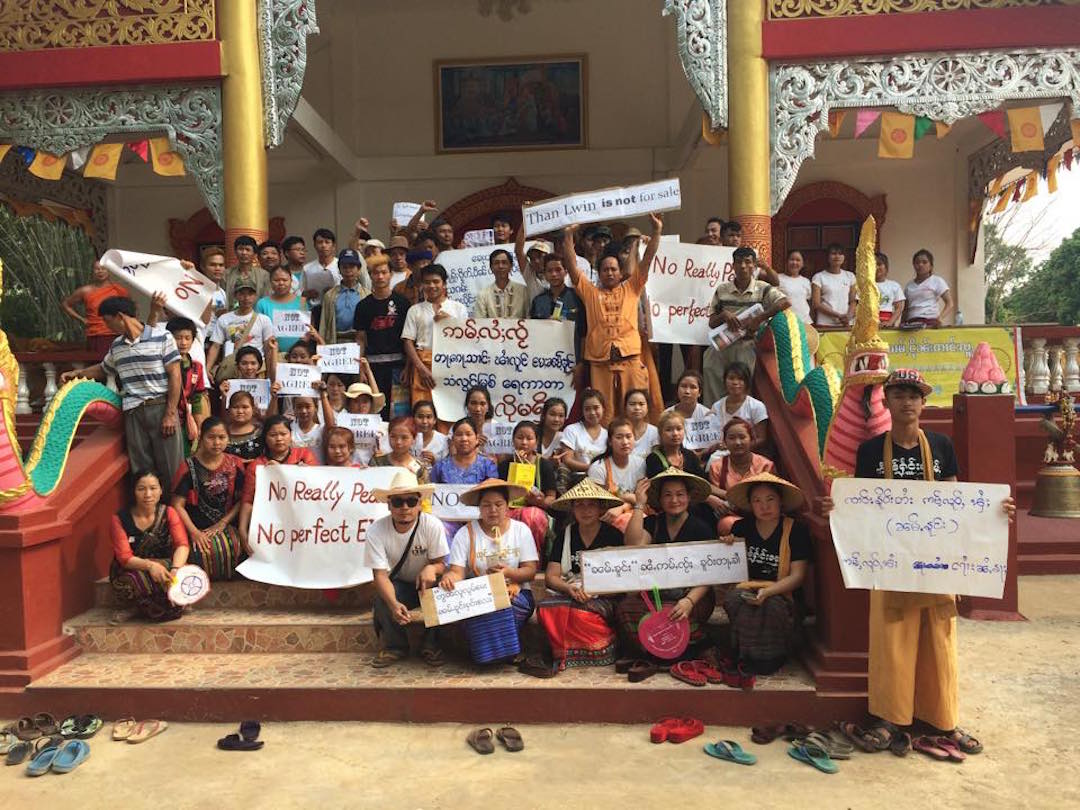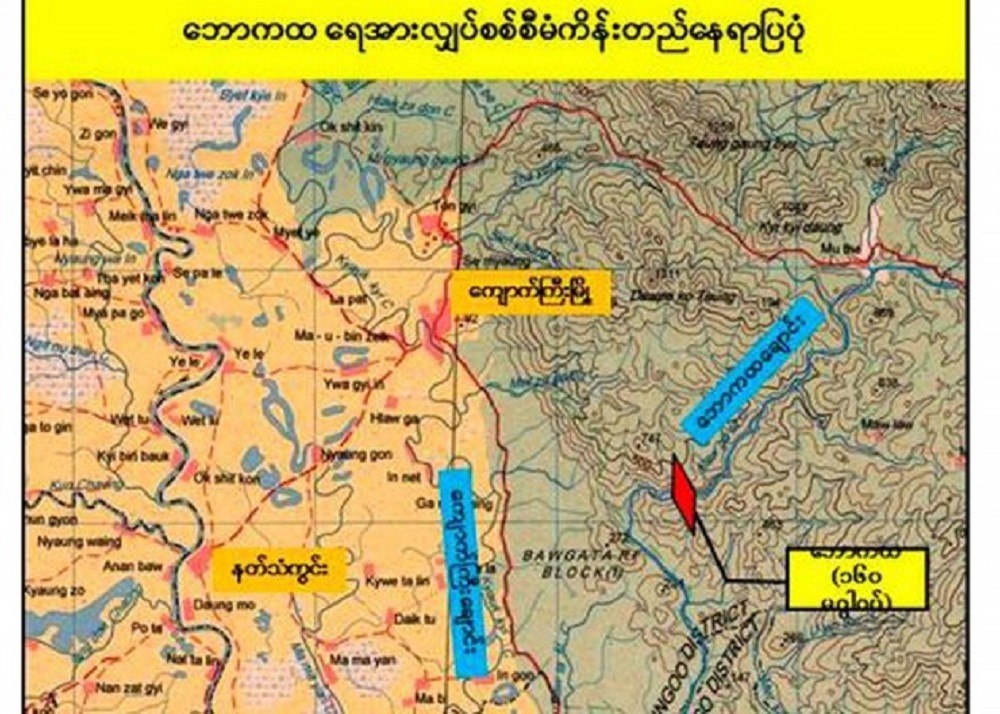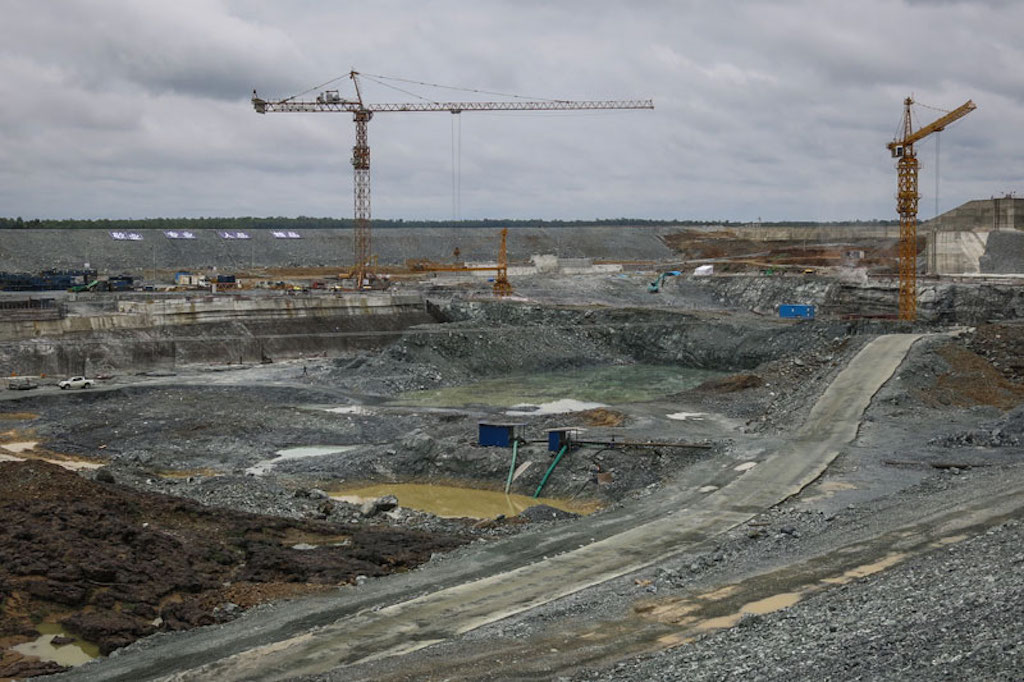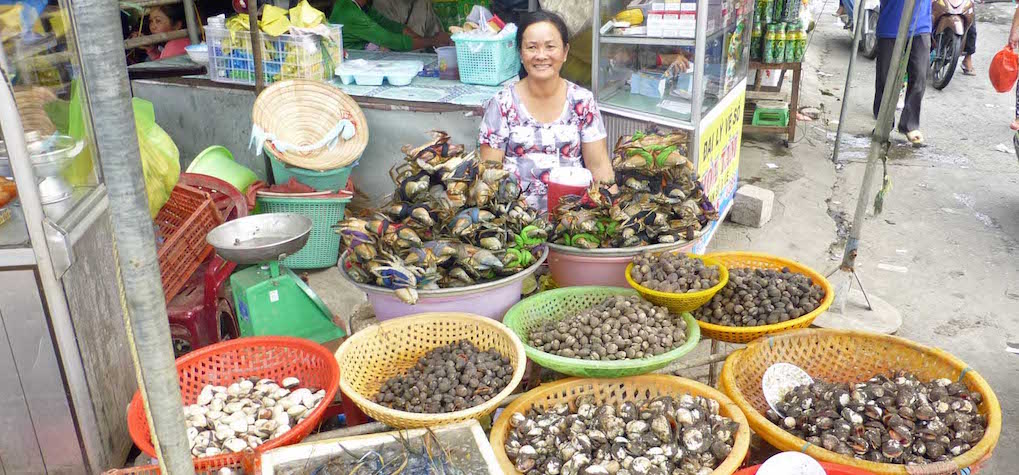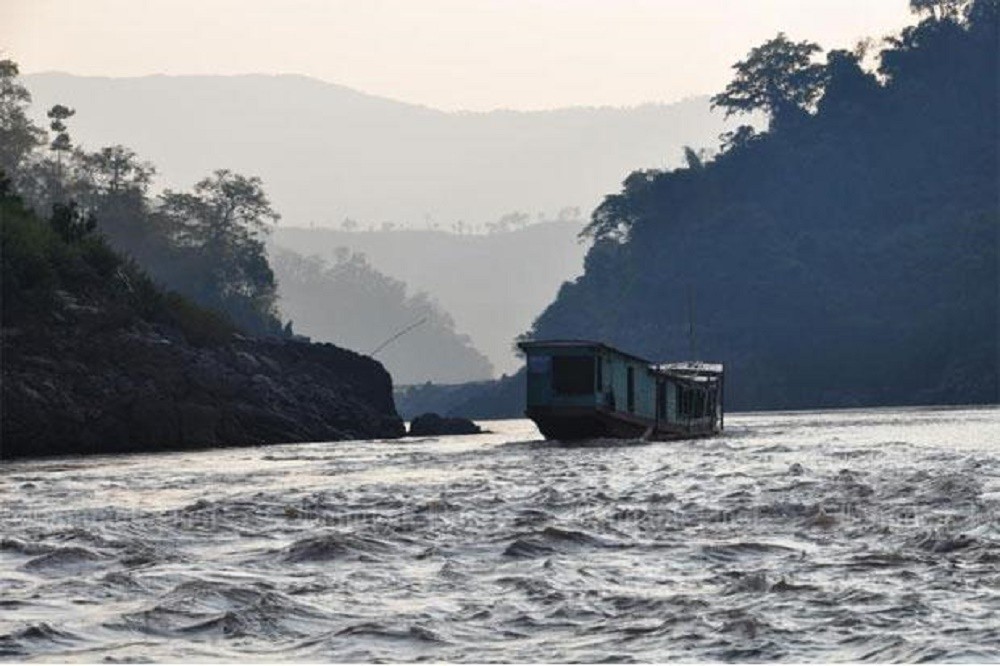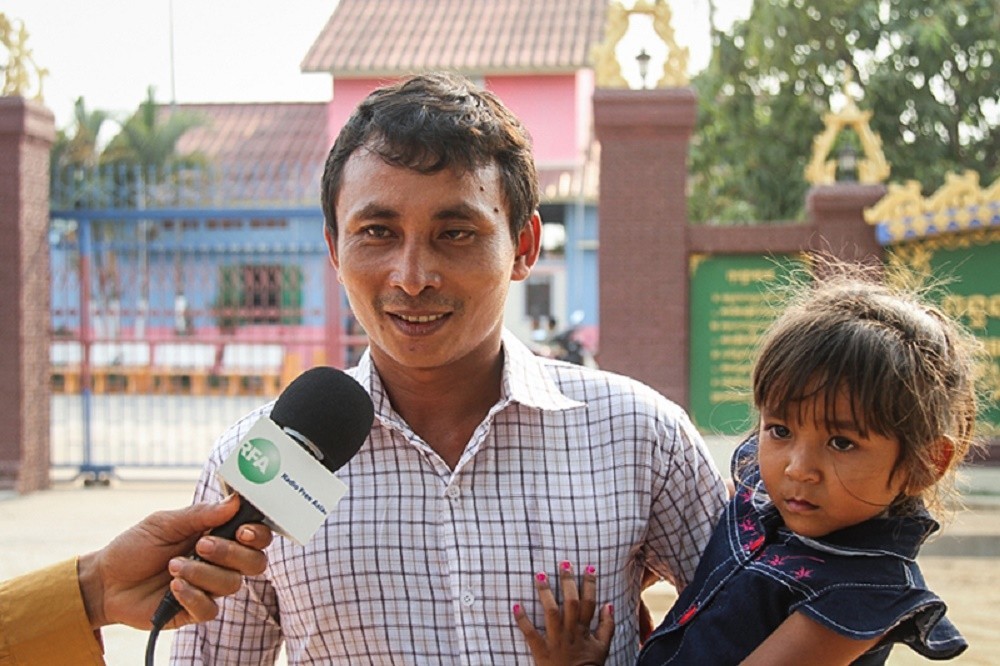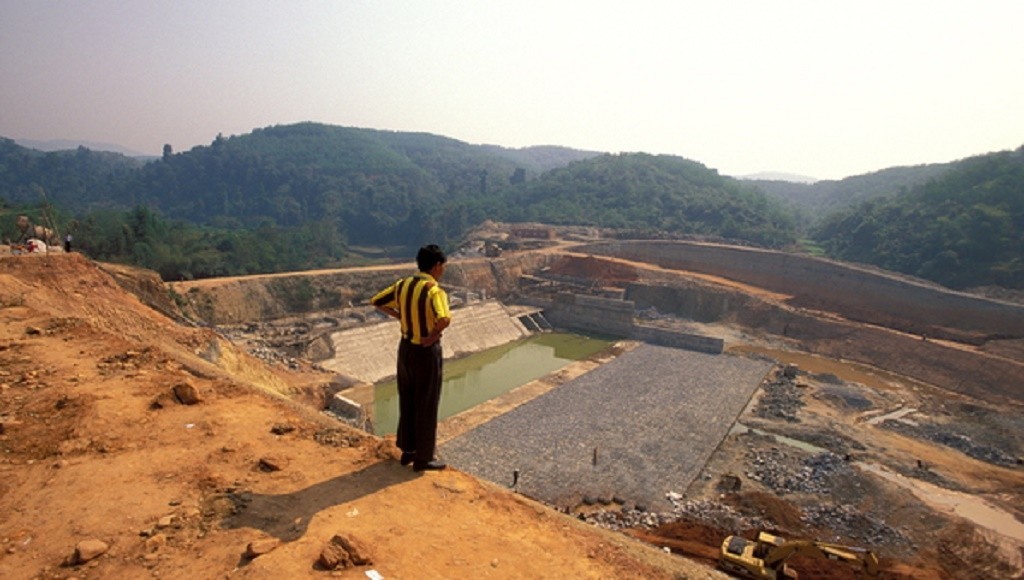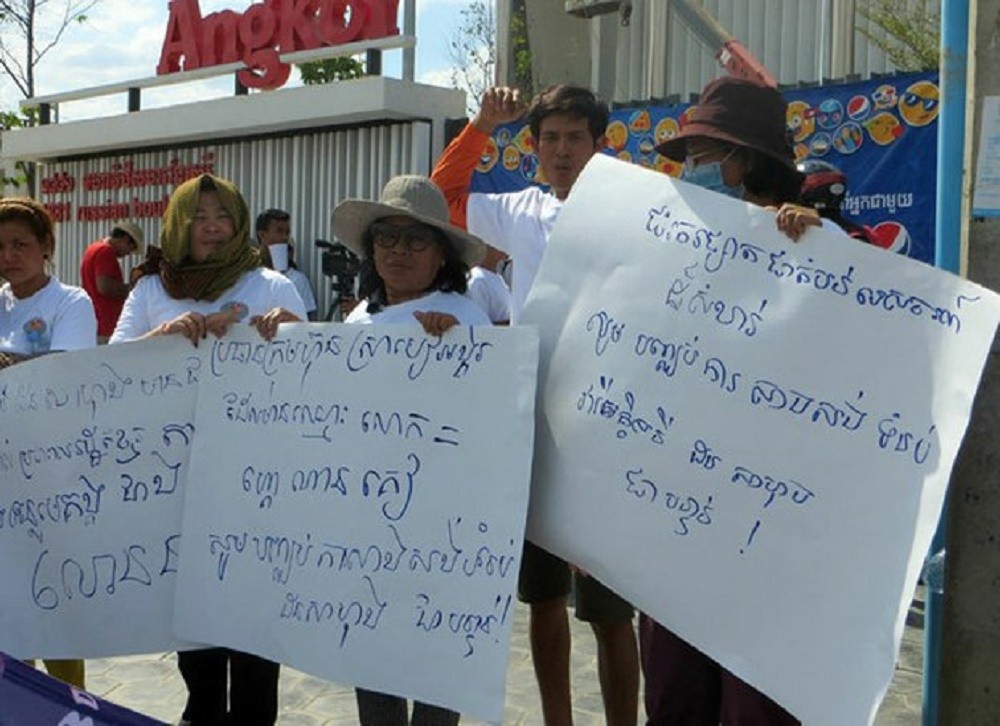Much of the mighty Salween River continues to flow freely. Beginning in the Tibetan Himalayan Mountain Range, the river meanders through China’s Yunnan Province where it runs parallel to the Mekong and Yangtze Rivers, forming the Three Parallel Rivers of Yunnan Protected Areas, a UNESCO World Heritage site. It then flows across the Burma (Myanmar) border into Shan State, and on into Kayah (Karenni) State, forming the border between Burma, in Karen State, and Thailand, in the Mae Sariang and Sob Moei Districts of Mae Hong Son, before flowing into Mon State and emptying into the sea at Moulmein. The entire length of the river is 2,800 kilometers.
The Salween River is home to a large number of diverse ethnic groups and is a rich hub of natural resources. It is a highly complex ecosystem, teeming with life. Unlike other major rivers around the world, the Salween remains largely untouched by man-made developments.


